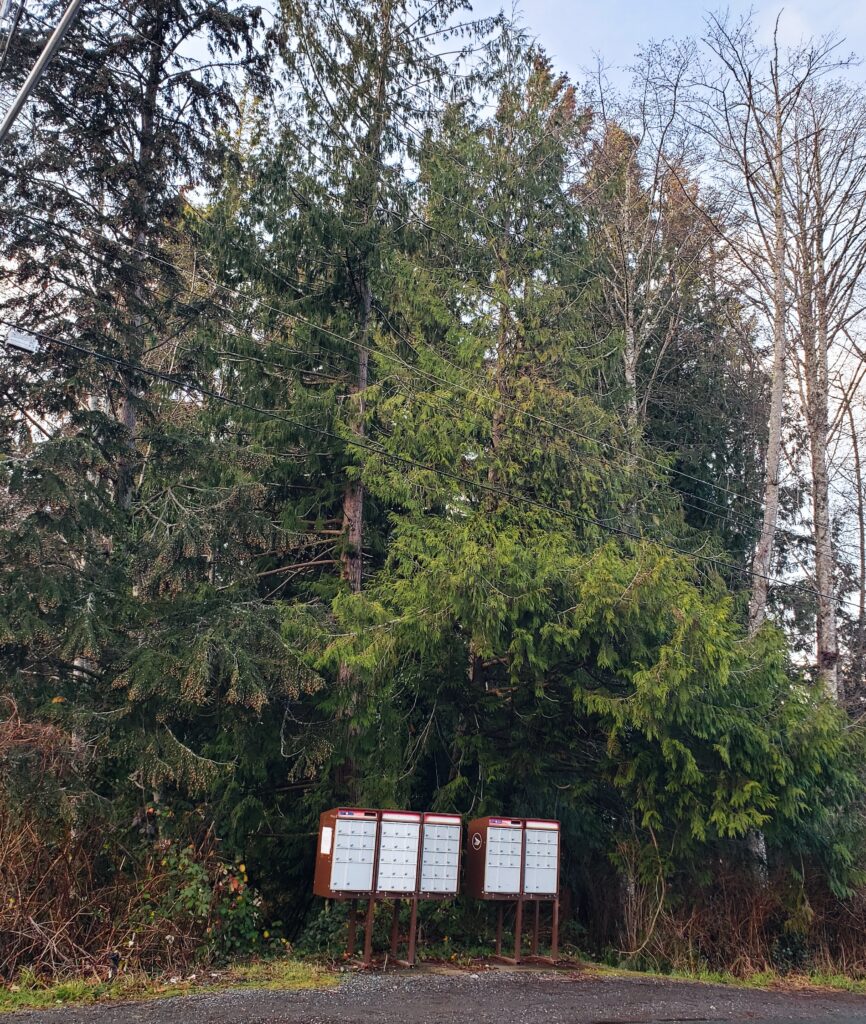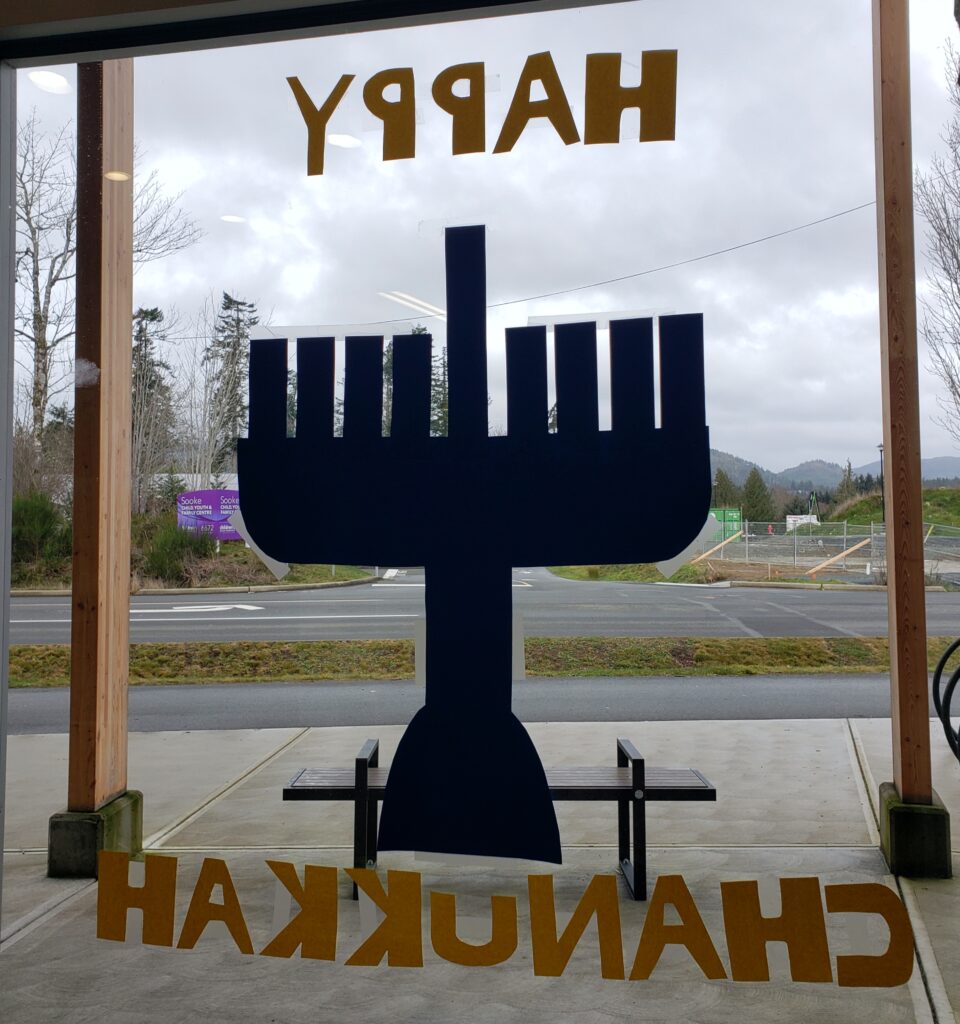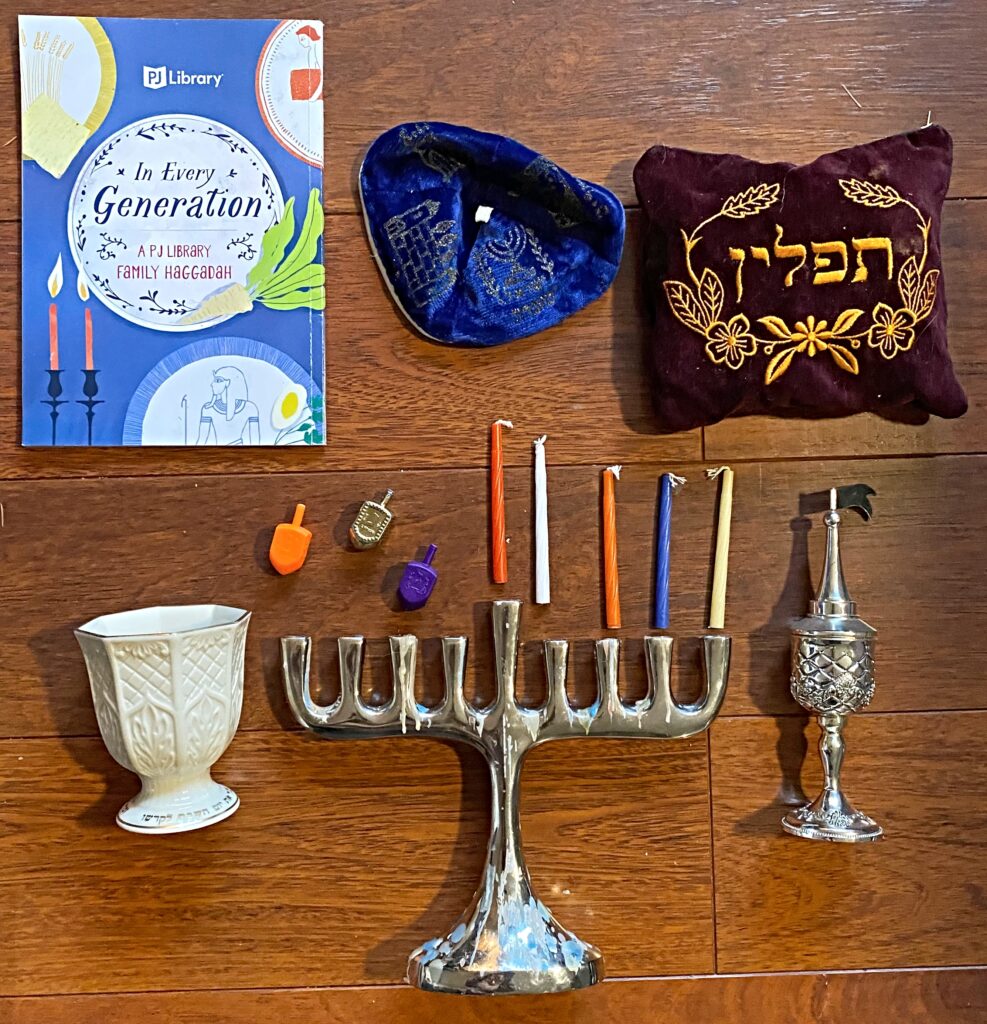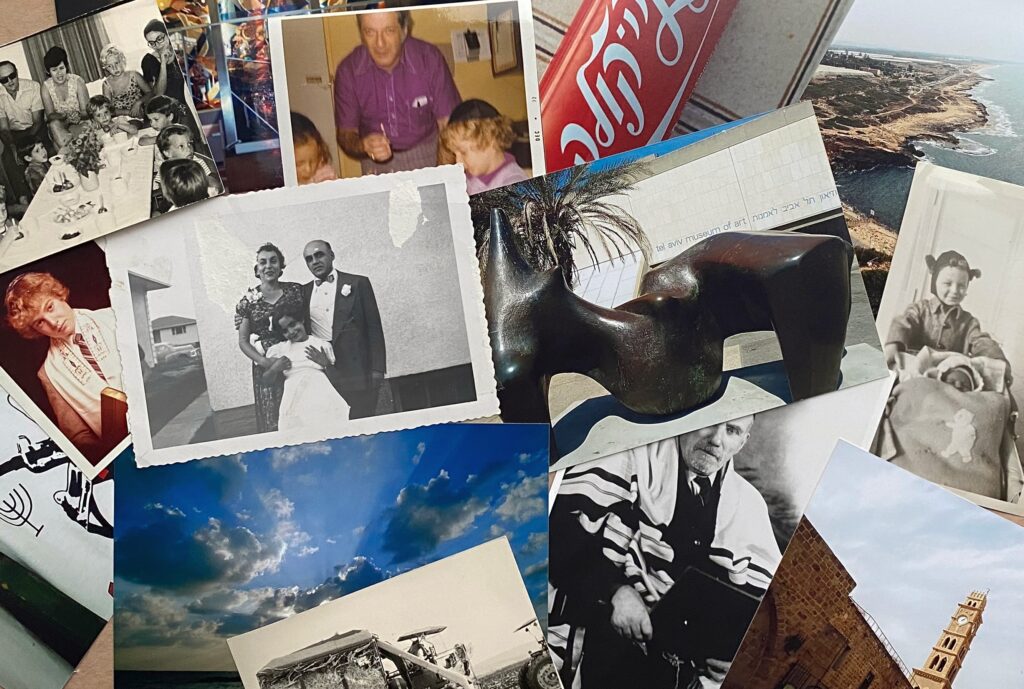Scattered Seeds
Judaism is the smallest religion in Canada. In 2021, 0.9% of its population, or 335,000 people, identified as Jewish. Since October 7th 2023, the date of the largest ever terrorist attacks on Israeli soil, Canada has seen a staggering 670% rise in reported antisemitic incidents. Faced with such chronic hostility, Jews have decided they have little choice but to keep the bonds of connection to each other stronger than ever.
As 95% of the country’s Jewish population lives in just 17 urban areas, the remaining 5% who live in rural areas have a decidedly harder time maintaining their connections to religion, culture, and each other. This story will examine how these remote Jewish families keep the faith.

Photographer: Jessica Freedman 2024
A Difficult Time to be Jewish
The most recent challenging time for Jewish people all over the world were the events of October 7, 2023. These terrorist attacks left 1,200 dead and saw 250 people taken hostage and triggered Israel’s ongoing war with Hamas, a designated foreign terrorist organization in Gaza.
Rising anti-semitism in times of war in Israel is not something new. As before and since the events of October 2023, many Jews are avoiding engaging strangers in conversations about current geo-political affairs. Some actively conceal their Jewish identity, hiding their kippas, magen davids, and more.
This has brought many Jews closer together to offer each other strength, comfort and hope, strengthening their sense of community and belonging.

Photographer: Jessica Freedman, 2024
The Importance of Belonging
It is well known that religion and culture help shape one’s identity and create a sense of belonging. They can connect you to a community with shared values, traditions, and experiences.
In small-town Jewish communities the range of possibilities for maintaining a Jewish identity is decidedly more challenging. In large cities Jews can connect via the synagogue or Jewish Community Centre. Indeed in large cities one could be immersed in Jewish life simply by going out in their Jewish neighborhood.
In smaller Jewish centers maintaining a strict observance of the Jewish laws is nearly impossible. For example, some Jewish prayer services require a minyan, a quorum of ten adult men, which can be difficult to find in a small town. Observance of kashrut, the Jewish dietary laws and sourcing kosher goods can be challenging.
Because of this, often small towns evolve with a more moderate approach to Jewish law. And in our modern times, there are those who are able to uphold some of the stricter laws with the help of online delivery and travelling to larger centres. Although it may be difficult, it is possible and even enriching to maintain a connection to one’s religious and cultural heritage in a rural locale.
In British Columbia in the 2021 census, Jews numbered 26,850, and only 3,650 on Vancouver Island. In my small town of Sooke on the Southern tip of Vancouver Island, there are about 20 Jewish people, kids and adults, who maintain either a religious or cultural connection to Judaism.

Photographer: Jessica Freedman, 2025.
A Short History of the Jewish Diaspora
The Jewish Diaspora was established as a result of both voluntary and forced migrations of Jews out of their ancient homeland – Eretz Israel (the Land of Israel). Later, Jews were either exiled from their host countries or voluntarily migrated to other host countries. In the past few hundred years, partly voluntarily and partly because of anti-Semitism, Jews migrated and established diasporic centres in South America and Mexico, and then they moved to North America, Australia, and South Africa.
The biggest wave of Jewish immigration to Canada came between the end of the 19th century and the end of World War I, when persecution and poverty in Europe forced millions of Jews to find a better life elsewhere. Today, Canada’s Jewish population is the fourth-largest Jewish community in the world.

Photographer: Jessica Freedman, 2025
Interview with Myself, Jessica Freedman
So not surprisingly, with such a small Jewish community in my home town, it was difficult to arrange an audio interview with another Jewish family. I decided that since my own story as a rural Jew was fairly typical I would interview myself.
Interview with Jessica Freedman – audio transcription
Connection is Key
According to a Pew Research Center analysis, people who are active in religious congregations and connect to their cultural heritage tend to be happier and more engaged in their communities religiously unaffiliated adults.
The definition of the term Cultural Heritage is “an expression of the ways of living developed by a community and passed on from generation to generation, including customs, practices, places, objects, artistic expressions and values”. Especially in difficult times, maintaining connection to cultural heritage can not only enrich one’s life, but can also determine whether that heritage will survive.
Across the millenia, Jews have experienced ani-Jewish hatred from every corner of the globe, and against the odds have excelled at maintaining their traditions and cultures. The tenacity and resilience of Jewish people even in small locales where it can be more challenging to maintain this connection is not only admirable, but vital to the existence of the Jewish people as a whole.